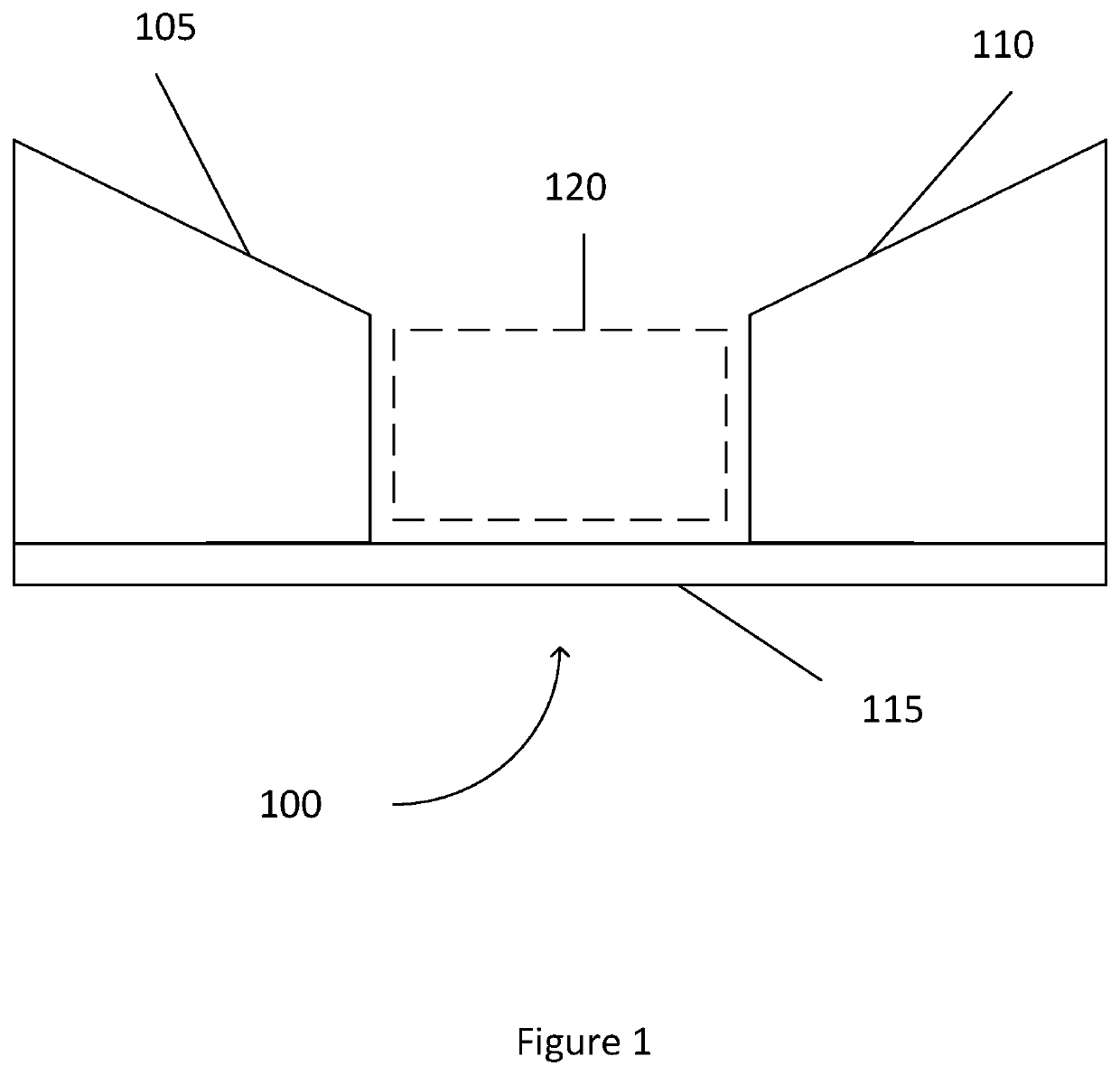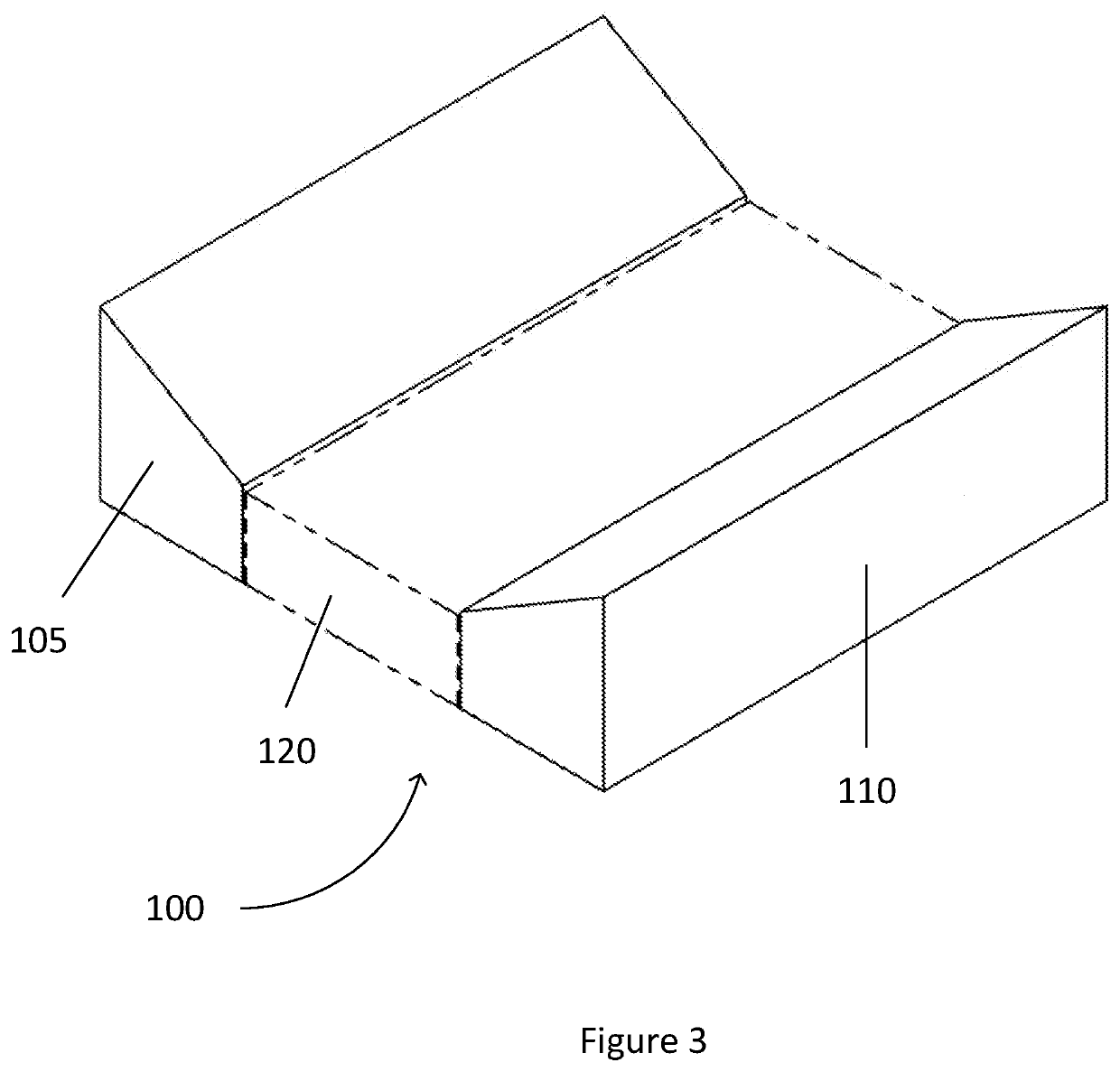Magnet arrangement for producing a field suitable for nmr in a concave region
a concave region and magnetic field technology, applied in permanent magnets, magnetic bodies, electrical appliances, etc., can solve the problems of mm scans that are difficult to perform, scarring, liver failure, etc., and achieve low field strength, low weight and size, and large volume
- Summary
- Abstract
- Description
- Claims
- Application Information
AI Technical Summary
Benefits of technology
Problems solved by technology
Method used
Image
Examples
Embodiment Construction
[0039]The technology described herein is directed towards a system or kit of magnets suitable for use in an external NMR system. In particular, in accordance with some embodiments, an efficiently designed, system or kit of magnets may be configured to produce a uniform magnetic field within a target region located inside a subject's body or internal organs to enable the NMR system to make in vivo measurements from the subject. Various embodiments provide a magnet system or kit that may enable measurement within large, non-planar bodies, such as a human torso. The system may include a backplane and multiple permanent magnets disposed thereon. In some examples, the magnets may be trapezoidal prism shaped magnets in a concave or V-shaped configuration to accommodate projection of a low-field magnetic field within a subject located adjacent to the system. Additionally, as a result of the concave or V-shaped configuration, the object of measurement may be surrounded by at least one magne...
PUM
| Property | Measurement | Unit |
|---|---|---|
| magnetic field | aaaaa | aaaaa |
| diameter | aaaaa | aaaaa |
| NMR | aaaaa | aaaaa |
Abstract
Description
Claims
Application Information
 Login to View More
Login to View More - R&D
- Intellectual Property
- Life Sciences
- Materials
- Tech Scout
- Unparalleled Data Quality
- Higher Quality Content
- 60% Fewer Hallucinations
Browse by: Latest US Patents, China's latest patents, Technical Efficacy Thesaurus, Application Domain, Technology Topic, Popular Technical Reports.
© 2025 PatSnap. All rights reserved.Legal|Privacy policy|Modern Slavery Act Transparency Statement|Sitemap|About US| Contact US: help@patsnap.com



